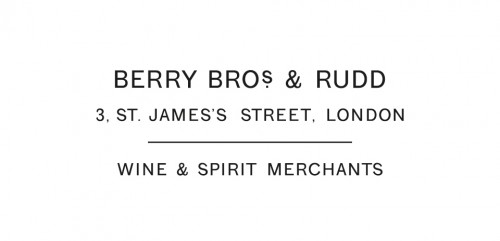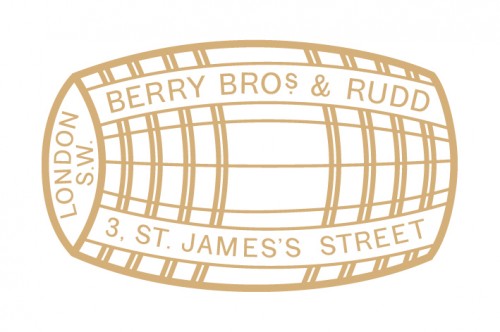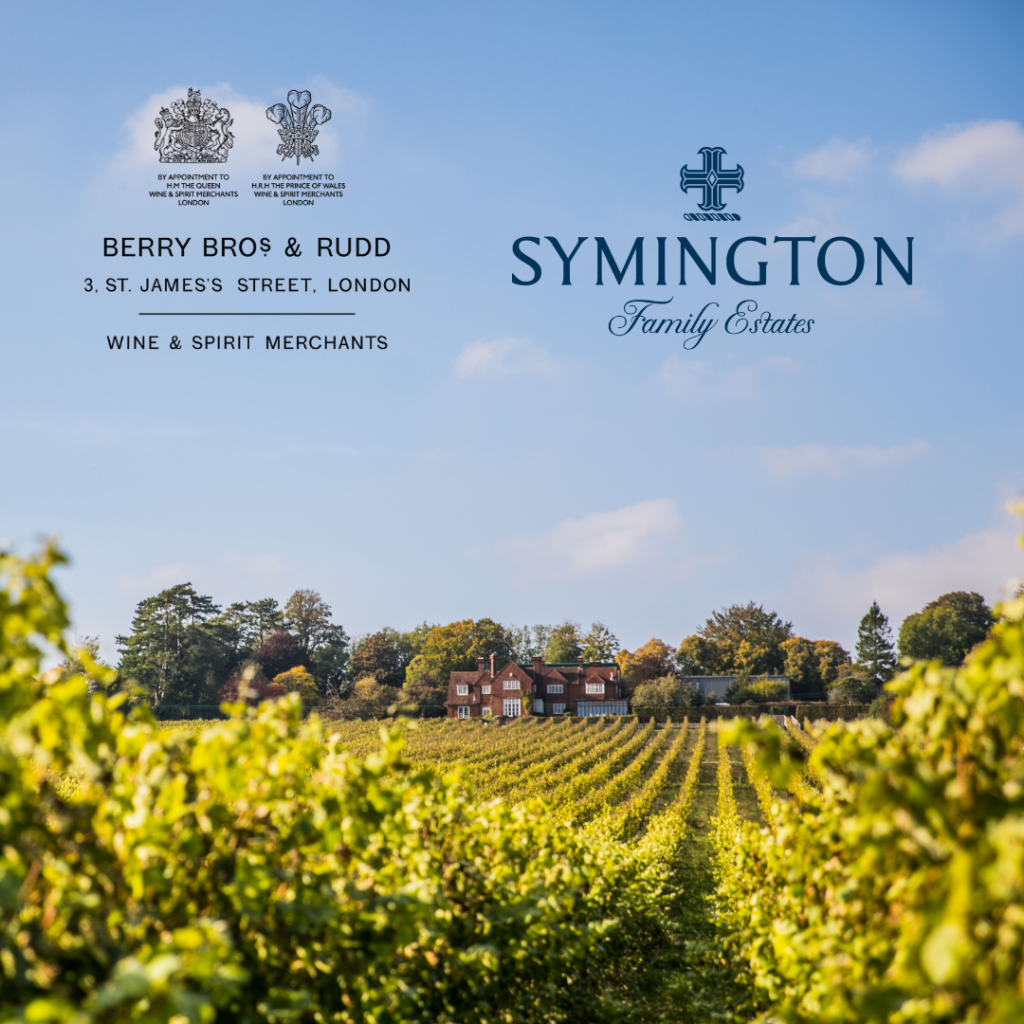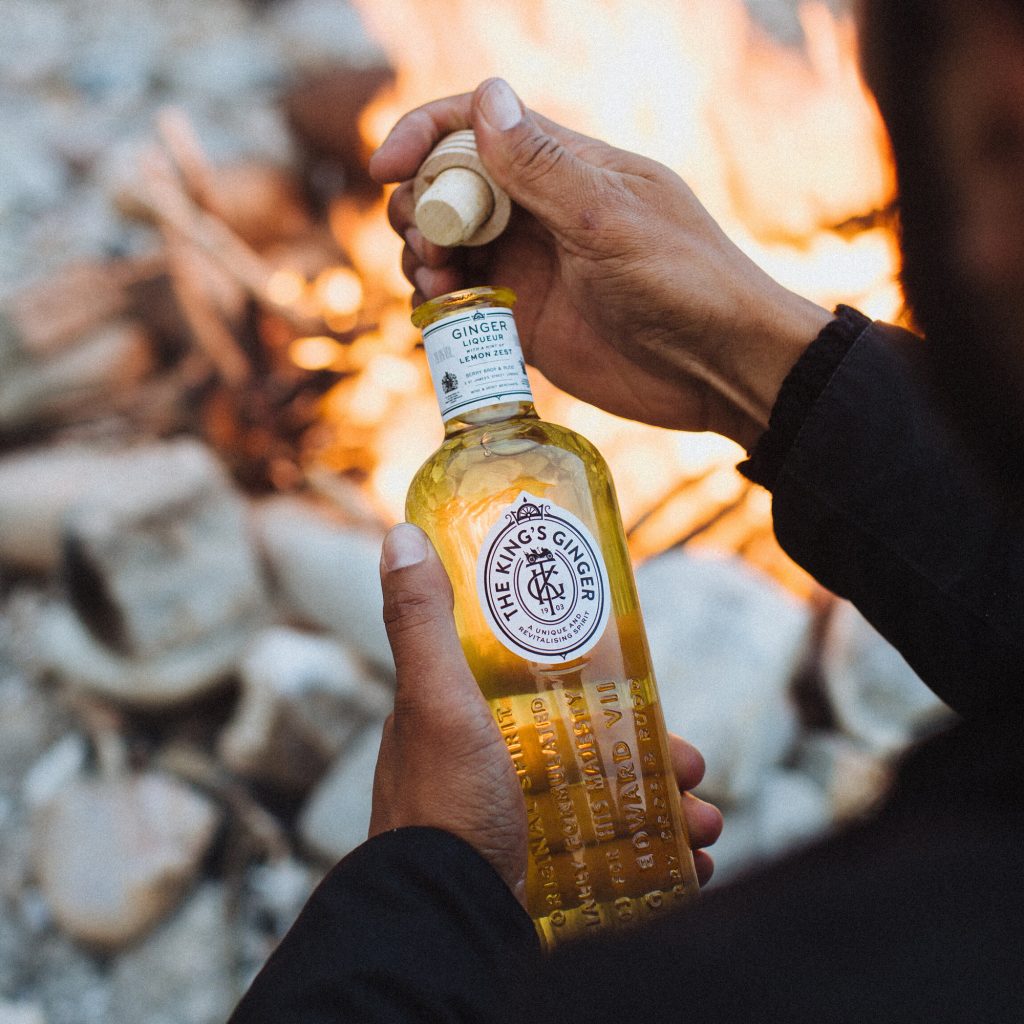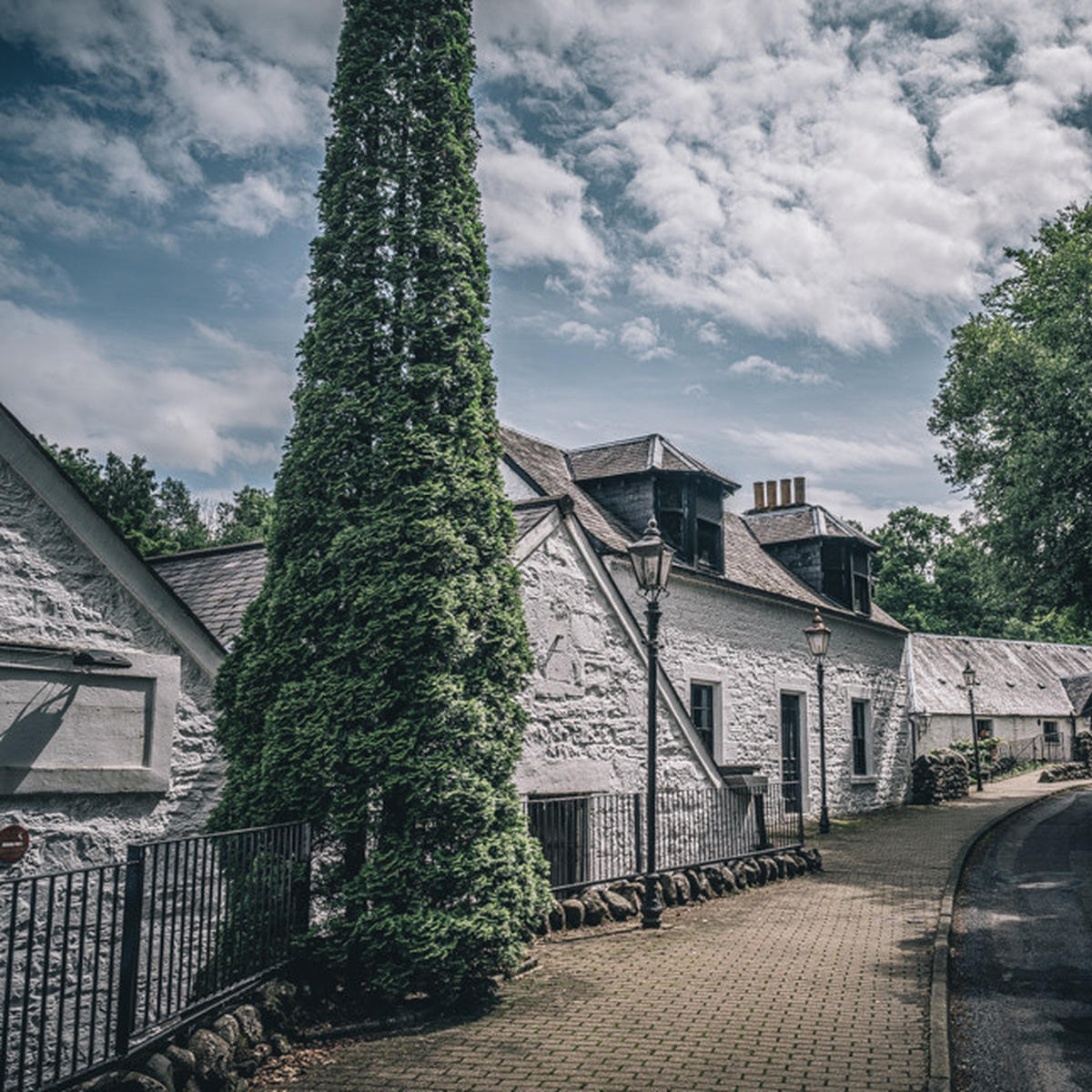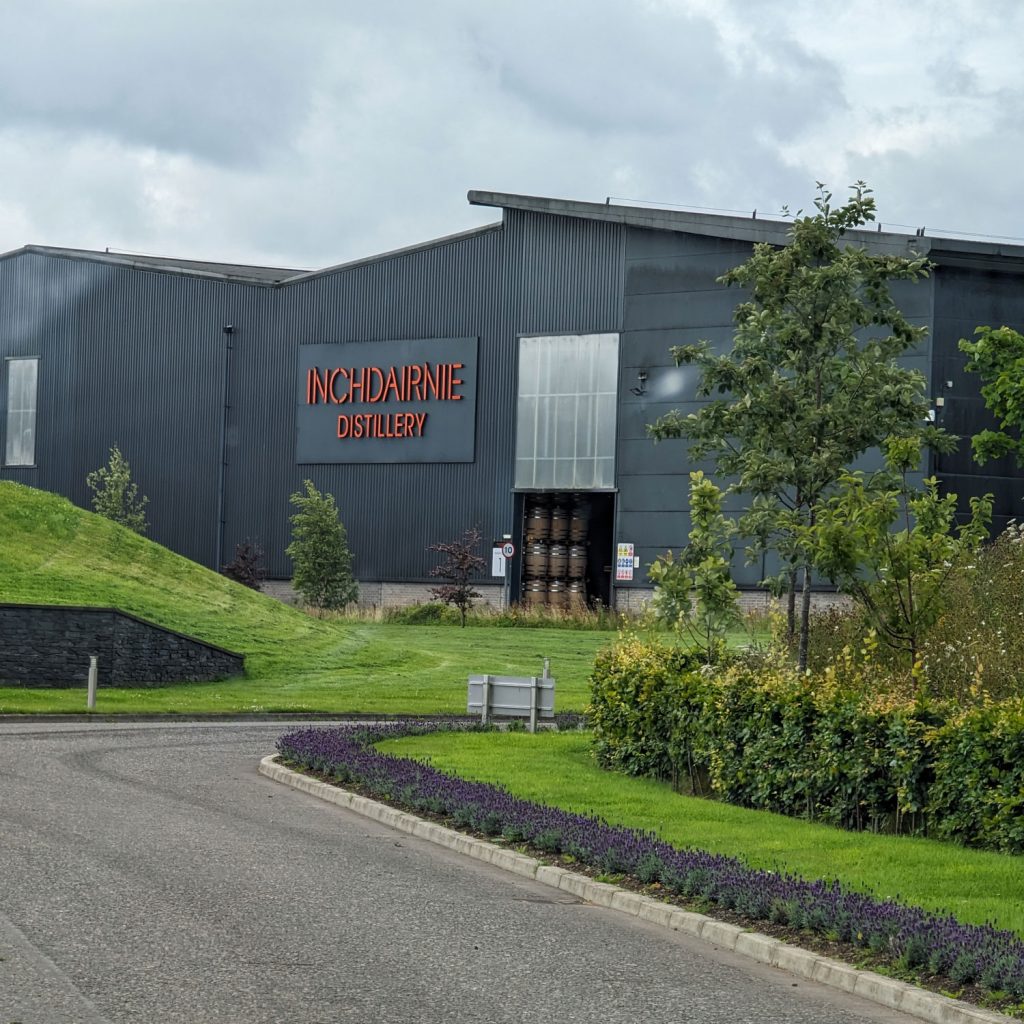Starting from Scratch: the birth of British rum
Author: Doug Miller

Rural Hertfordshire is not exactly the rum capital of the world, but that hasn’t stopped Doug Miller. Here, the founder-distiller at Scratch Distillery shares his story.
“You want to make rum – in Britain?” The steely-eyed tax inspector glanced up from my distillery business plan. “We’ve never had a rum application before. Is it made the same way as gin?”
This was my second interaction with the good people who regulate the distilling sector.
The first had been a notice attached to a small copper still I’d imported from Spain to play around with: “It is illegal to distil in the United Kingdom without a licence. Prison or an unlimited fine.”
Eight years on, we’re filling casks in a fully restored stable block on a historic estate-turned-dedicated rum distillery. I can say very definitively that rum isn’t the same as gin, and that British rum isn’t the same as Caribbean rum.
It hasn’t all been plain sailing. It is very much a labour of love – and we are still really only just starting out on this journey.
STARTING FROM SCRATCH
We set up Scratch Distillery in 2016. It was one of the first dedicated rum distilleries in the UK, certainly the first in England. We don’t make any other spirit.
While we had wanted to find a trendy and cool London archway, the many thousands of pounds in rent made that a non-starter. We looked at industrial estates, but the combination of equally high rents and a dour atmosphere made us reluctant. We almost gave up, until we were offered the chance to renovate a derelict 16th-century stable block in rural Hertfordshire. Disclaimer: it’s on land owned by family, so we got a helping hand in that regard.
You might assume that starting and running a distillery is the dream. I thought so too. You visit places on holidays which have all the fancy equipment, shiny stills and happy staff working away.
Having started from scratch, it’s safe to say that the reality is somewhat different. Standing in the stable block for the first time, in the cold winter of 2015, that fanciful interpretation faded quickly. Reality hit me like a tonne of sticky treacle.
First steps
First, for much of the year, it’s cold. So cold. Insulating a building costs money; we didn’t have lots of capital, so we skipped insulation.
Second, it’s exhausting. We couldn’t afford the fancy equipment, so we sourced most of our stuff second- or third-hand. Our first boiler was built in the United States the year Ronald Reagan assumed the presidency. It often needed a kick or two to fire up and took hours to do its thing. We didn’t even get close to buying a pump.
Third, the logistics – which really come into focus as you attempt to direct a heavy-goods vehicle down a small winding dirt track. While simultaneously trying to work out how you’ll unload the stuff without the aid of a forklift. (You make friends with the tractor-owning local farmer.)
MAKING THE GRADE
I started out on a small scale, trialling molasses from lots of different suppliers. Molasses, essentially treacle, is the base ingredient in rum production.
There are different grades of quality, typically ranging from low-grade blackstrap to A-grade. The latter is made directly from cane-juice molasses and is therefore higher in sugar content. It lends a far more aromatic and complex flavour than blackstrap. As it has been subjected to less heat than blackstrap, it contains relatively fewer sugar decomposition products; these can add bitterness to the flavour. The impact of the raw ingredient is huge on flavour development.
The problem with A-grade is twofold. One, it’s expensive – far more so than blackstrap. Two, it’s a very unforgiving substance when you try to move it around.
The best way is to heat it gently and then pump it. But when we started out, we couldn’t afford the powerful pump needed, and we were restricted by the limited electrical supply to heat the molasses.
Our molasses was delivered in 25-kilogram tubs, which would sit warming in the sun outside our distillery. Pouring the tubs into the fermenter was backbreaking work, but at least it saved on a gym membership.
ALCOHOL AS AN AFTERTHOUGHT
But all of this I was doing for a reason. Most large-scale commercial distilleries start with the objective of producing alcohol, an obsession with ‘yield’ and ‘consistency’. A consideration of flavour follows almost as an afterthought.
We take the opposite approach. Weirdly for a distillery, producing alcohol is one of the last things we think about. What we want to do is focus on creating the right conditions for a really interesting flavour profile that is different every time.
To do this, we must manipulate every single variable, to create a range of ferments using different approaches, ranging in alcohol-by-volume (ABV) from as low as 3-4% to a beer-like wash that emerges at 12-13%.
We use some untraditional yeasts along with bacteria to produce acidic washes with very different flavour profiles: heavily tropical, spicy or even oily, for example. These can then be distilled individually, blended and put into their own special cask. Never to be repeated. Different every time.
We’re fortunate with the UK’s inclement weather that we see very different profiles develop, fade and evolve throughout the year.
ONE FOCUS
This single process is as much a blessing as a curse. On one hand, it makes reporting back to the taxman ever so slightly simpler as we only have one product line to report against.
But on the flip side, we have to be mindful of cashflow as we aren’t making a product, like gin, that can be turned around in a day. We have to think years down the line. To build solid business foundations, without compromising on our approach, we launched our cask programme, selling a range of new-fill rum casks.
Berry Bros. & Rudd was our first customer – a sign perhaps, that British rum really could be something to get excited about. We’ll just have to wait a bit before we can all drink to that.
